Table of Contents
1. The Role of
At its simplest, Fortinet’s flagship product line—FortiGate Next-Generation Firewa—serves as a high-performance gatekeeper that inspects every packet of network traffic, comparing it against security policies to allow, block, or quarantine content. But Fortinet’s DNA goes far beyond traditional firewalls. Its platform is built on three pillars:
- FortiOS, a unified operating system that spans firewalls, switches, access points, and virtual appliances.
- Custom ASICs (NP and CP processors) embedded in hardware models to accelerate compute-intensive tasks like deep-packet inspection and SSL/TLS decryption.
- The Fortinet Security Fabric, an ecosystem that shares telemetry and threat intelligence across all Fortinet—and third-party—components, enabling automated, platform-wide threat response.
2. Deep-Packet Inspection & High-Speed Performance
2.1 Packet Filtering, Stateful Inspection, and Beyond
Like all firewalls, a FortiGate device examines network traffic at multiple layers:
- Packet Filtering: Compares IP addresses, ports, and protocols against allow/deny lists.
- Stateful Inspection: Tracks active sessions and blocks packets that don’t match an established connection state.
- Application Control: Identifies and enforces policies on thousands of applications (e.g., VoIP, P2P, streaming) regardless of port or protocol.
- Intrusion Prevention (IPS): Applies signature and anomaly-based detection to recognize exploit attempts and known attack patterns.
- Content Inspection: Scans files for malware, enforces web-filtering policies, and offloads suspicious objects to sandboxing services.
These layered techniques ensure that the firewall is not just a gatekeeper, but an active threat hunter—scrutinizing every byte that traverses your network boundary.
2.2 ASIC Acceleration for Scalability
Inspecting modern, encrypted network traffic at multi-gigabit speeds requires massive compute power. Fortinet’s hardware models incorporate custom ASICs:
- Network Processors (NP-ASICs) accelerate packet forwarding, filtering, and basic signature matching.
- Content Processors (CP-ASICs) handle compute-heavy tasks such as SSL/TLS decryption, IPS pattern matching, and antivirus scanning.
By offloading these functions to dedicated silicon, FortiGates maintain wire-speed inspection without requiring prohibitively large CPU resources—delivering both high throughput and low latency even under deep-packet inspection loads.
3. FortiOS: A Unified Operating System
Central to Fortinet’s approach is FortiOS, a feature-rich operating system that powers every FortiGate appliance (physical and virtual), as well as FortiSwitch and FortiAP hardware. Key advantages include:
- One-Click Feature Enablement: Toggle features like SD-WAN, VPN, or ZTNA (Zero Trust Network Access) on or off via a consistent GUI or CLI—no context switches between disparate interfaces.
- Single Policy Language: Define firewall rules, NAT, routing, and security profiles in one policy table, applied uniformly across wired, wireless, and cloud environments.
- Built-In Automation: Use the same Fabric Stitches workflows (e.g., automatic quarantine, dynamic VLAN assignment) directly within FortiOS to orchestrate rapid, cross-device responses.
The result is operational simplicity: network and security teams learn one OS, one command set, and one management paradigm, slashing training overhead and configuration errors.
4. The Fortinet Security Fabric: Sharing Intelligence & Automating Response
Fortinet’s true innovation lies in transforming isolated point products into a cohesive Security Fabric that behaves like a single, distributed sensor and enforcer.
4.1 Bi-Directional Telemetry Exchange
Every Fabric-enabled device (FortiGate, FortiSwitch, FortiAP, FortiClient, FortiSandbox, etc.) contributes to and consumes from a shared telemetry stream:
- Sensors continuously log network flows, user identities, application usage, and endpoint posture.
- Analytics Engines (FortiAnalyzer) correlate events across time and devices, unearthing hidden attack chains.
- Action Grid (FortiManager & FortiOS) pushes real-time policy updates and mitigation actions back down to enforcement points.
This loop ensures that a threat detected at one location (e.g., a malicious file in a sandbox) instantly triggers network-wide defense adjustments (e.g., blocking an IP at the firewall, quarantining an endpoint).
4.2 Fabric Connectors & Third-Party Integrations
Fortinet doesn’t lock you into a closed ecosystem. With Fabric Connectors and open APIs, you can integrate SIEMs, SOARs, cloud platforms (AWS, Azure, GCP), ServiceNow, and more—extending the Fabric’s visibility and control beyond Fortinet devices alone.
5. Endpoint & Cloud Extension
5.1 FortiClient for Endpoint Security
FortiClient installs on Windows, macOS, and Linux endpoints, providing:
- Antivirus & EDR: Local malware scanning and advanced detection/response capabilities.
- Secure VPN: SSL and IPsec tunnels with centralized provisioning via EMS (Enterprise Management Server).
- Telemetry Feedback: Sends endpoint health and behavior logs back to FortiAnalyzer, enabling proactive isolation of infected hosts.
Endpoints become an integral part of the Security Fabric—both protecting users and feeding data into network-wide defenses.
5.2 FortiGate-VM & Cloud Protection
Virtual FortiGate instances run natively in public and private clouds, offering identical NGFW features as hardware models. Fabric Connectors link cloud-hosted workloads with on-prem FortiGates, ensuring:
- Consistent Policy Enforcement across hybrid environments.
- Shared Threat Intelligence between data centers and cloud regions.
- Elastic Scalability, spinning up or down virtual firewalls as workloads change.
6. Centralized Management & Analytics
6.1 FortiManager: Configuration & Orchestration
- Zero-Touch Provisioning: Pre-register new devices for automatic policy and firmware pushes upon first boot.
- Template-Based Deployments: Use device and policy templates to replicate best practices across branches or campuses.
- Change Audits: Track configuration changes with built-in version control, change logs, and rollback capabilities.
6.2 FortiAnalyzer: Unified Logging & Threat Correlation
- Log Aggregation: Centralize logs from firewalls, switches, endpoints, and cloud instances into a common data store.
- AI-Driven Correlation: Automated analysis surfaces anomalous behaviors and attack trends without manual query writing.
- Compliance Reporting: Out-of-the-box report templates for PCI DSS, HIPAA, GDPR, and more—covering all Fabric-enabled devices.
Together, these tools provide the “single pane of glass” IT teams need to monitor, manage, and harden their entire security posture.
7. Real-World Deployment Scenarios
- Data Center Defense
- FortiGate clusters with ASIC acceleration handle east-west and north-south traffic at multi-terabit rates. Sandbox integration isolates evasive threats, while Fabric Stitches automate quarantines.
- Branch Office Consolidation
- FortiGate SD-Branch appliances combine NGFW, SD-WAN, switching, and wireless in a single chassis—managed centrally by FortiManager and monitored through FortiAnalyzer, cutting vendor sprawl and operational cost.
- Secure Remote Workforce
- FortiClient’s integrated VPN and endpoint protection, orchestrated by the Security Fabric, allows thousands of remote users to connect securely without separate VPN servers or NAC appliances.



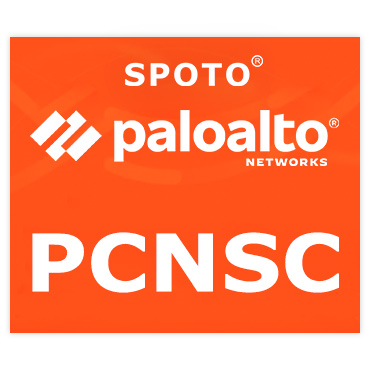

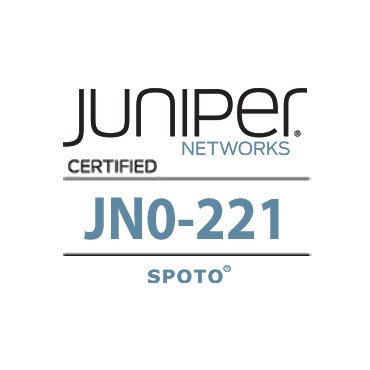

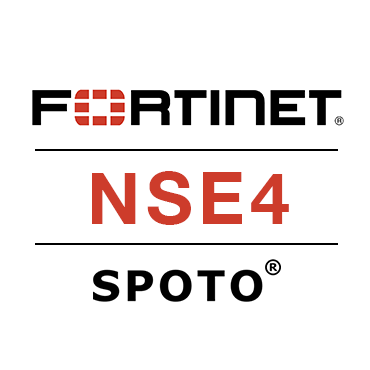
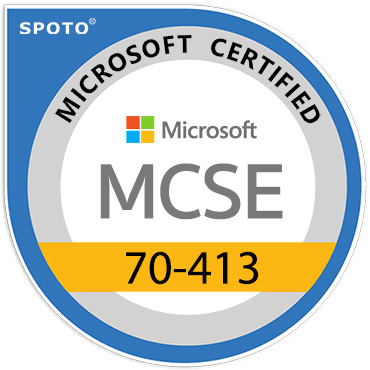

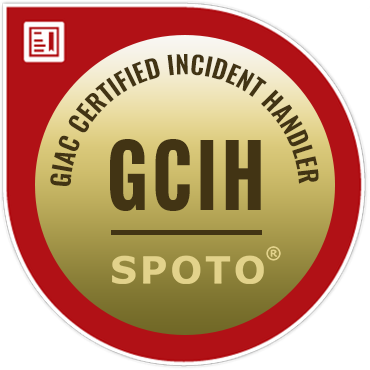

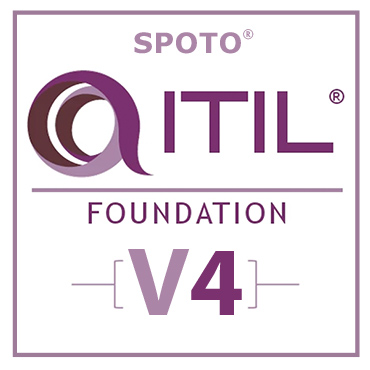
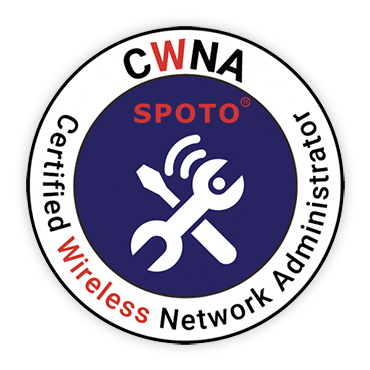
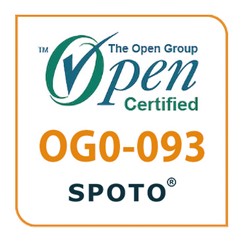


Comments